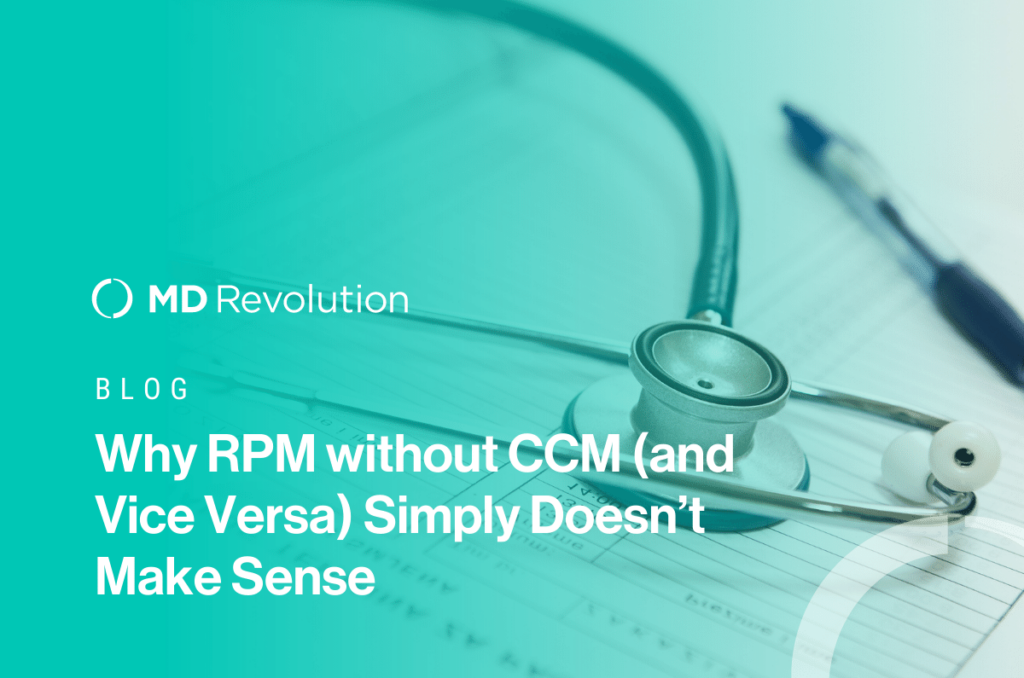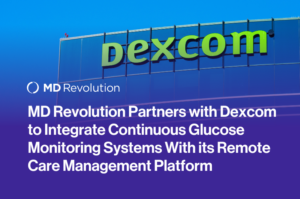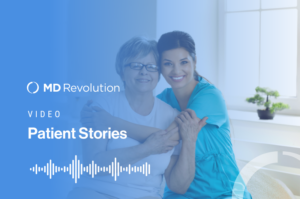In a previous blog, we discussed why Chronic Care Management (CCM) + Remote Patient Monitoring (RPM) is a “winning formula.” More specifically, we explored how this approach works—and why it works so well.
In this piece, we’ll dive more into a key element of consideration for any practice considering a dual RPM and CCM approach: The value and ROI. By the end, we’re confident it won’t be a question of whether practices should take the dual-program approach—but rather how fast they can implement it.
Five Key Benefits of Combining CCM + RPM
1. More Patient Engagement, Visibility, and Accountability
Research indicates that when patients are engaged in their care, they realize better health outcomes and reduced healthcare costs. What propels higher patient engagement? Great physicians and staff members of course, but visibility and accountability can also help move the needle. With RPM, patients can see, in real-time, how their health is improving or declining. With CCM, patients receive ongoing support and coaching. The two combined represent an unstoppable force.
2. Earlier Detection of New or Developing Health Problems
When providers can identify a new or worsening health condition early on, they can intervene much sooner. That, in turn, improves the patient outcome. Patients who are living with chronic conditions, for example, often develop comorbidities. RPM helps providers detect these issues and act on them sooner. At the same time, CCM supplements care by providing additional non-face-to-face opportunities that can help prevent conditions from worsening. Patients cannot realize those benefits, though, if either RPM or CCM exists without the other.
3. More Personalized Care
Today, “personalization” is of utmost importance to consumers—including healthcare consumers. Patients want to know they’re being advised on the best care possible for their specific concerns. RPM allows providers to collect patient data over time and devise care strategies that align with a patient’s individual needs and desires. The question is, what do patients do with those strategies? Clinical guidance is essential. CCM enables clinical teams to build direct, personal relationships with patients thanks to the available number of touchpoints between the two. Without CCM, RPM-driven strategies often fall by the wayside.
4. Higher Efficiency and Adherence
By combining RPM and CCM, healthcare providers create more capacity to efficiently manage patient care. They can use RPM to monitor patients remotely, reducing the need for in-person visits. CCM can then be used to provide ongoing support and coaching to patients, helping to prevent complications and avoid hospital readmissions. In turn, patients appreciate the dedicated attention they receive which reinforces adherence to treatment recommendations. As one can see, an RPM world without CCM (or CCM without RPM) is much less optimistic.
Having RPM doesn’t add to the time it takes for an office visit, it makes it a more valuable appointment.
Nurse Practitioner, Cardiology
5. More Accurate (and Honest) Assessments
Patients lie to their providers all the time. They may be in denial, feel embarrassed, or fear judgment. RPM takes mistruths and misrepresentations out of the equation, because the data doesn’t lie. When adding RPM to CCM-only patients, providers get a more honest assessment than self-reported data. Armed with accurate information, providers are better informed to make decisions that support optimal health. There’s absolutely no question the value RPM provides in this scenario.
A lot of patients don’t have the time to go to the doctor every month or every three months. Having RPM allows us to reliably know what’s going on in between. I can believe the numbers. We can make better treatment decisions based on real data.
Nurse Practitioner, Cardiology
Starting to see a theme? Well, there’s more.
With CCM and RPM, Two Will Always Be Better than One
Simply put, the dual-program design works—and works well. Through dual-program enrollment, practices realize operational efficiencies and increased revenue opportunities at scale. Dual-program telephonic enrollment services require the same time allotment as single program enrollment but allow programs to get off the ground faster, with the realizable opportunity to fulfill the requirements for multiple, reimbursable codes.
In fact, MD Revolution’s RevUp platform is built to categorize care coordination activities into the appropriate billable codes, provide feedback to the practice on unfulfilled code requirements, and automatically generate claims for the practice for codes that are fulfilled. RevUp technology also allows us to navigate the often-complicated nuances of Medicare compliance. This saves time for the practice and mitigates key risks within the Medicare system.
From the patient side, we see faster and greater adoption for dually-enrolled patients, allowing providers to continue growing their practice reach with greater program adherence. We also see higher retention in patients enrolled in both programs, with measurably greater patient satisfaction. This equals better outcomes and more patient engagement with their program (or two programs as one)—which means more billable patients.
We have never looked at the product as two separate solutions because we believe they work together. The CCM component provides us with the personal clinical touchpoints we want our patients to experience, sort of like a concierge service, and the RPM component allows us to monitor blood pressure which is a health component that CCM can review with the patient. They go hand-in-hand.
Christine Onstott
There’s just no way around it: When it comes to CCM and RPM, two will always be better than one.
Key Consideration: Avoiding Data Overload
As noted in benefit #5 above, the additional data gained through RPM can provide huge benefits for patient care. However, at MD Revolution, we’ve helped thousands of practices implement stronger RPM and CCM programs. One thing we’ve learned? Data can be a big Catch-22. When physicians and their teams are bombarded with too much data—which we refer to as data overload—it quickly derails even the most well-planned remote care management programs.
That’s why our nursing oversight ensures only the most relevant and appropriate clinical alerts are shared back with the practice. Care teams know that when they receive an alert from us, it’s important—and they won’t overlook it. Imagine the freedom such a system can generate in one’s day-to-day.
We also embrace a mix of high-touch health coaching, digital engagement, and comprehensive assessments. Over our more than a decade spent helping practices create effective programs, we’ve learned that these capabilities are necessary to engage patients and close gaps in care. We maintain that people plus technology are better together, enabling each other to the maximum effectiveness.
So, Why Not RPM + CCM?
There’s really no argument not to combine RPM + CCM forces. Looking toward the future, practices must consider strategies like this if they expect to thrive in the ever-changing healthcare landscape. The good news is, practices don’t have to navigate the journey alone. RevUp ensures adoption and implementation is simple, quick, and stress-free.



